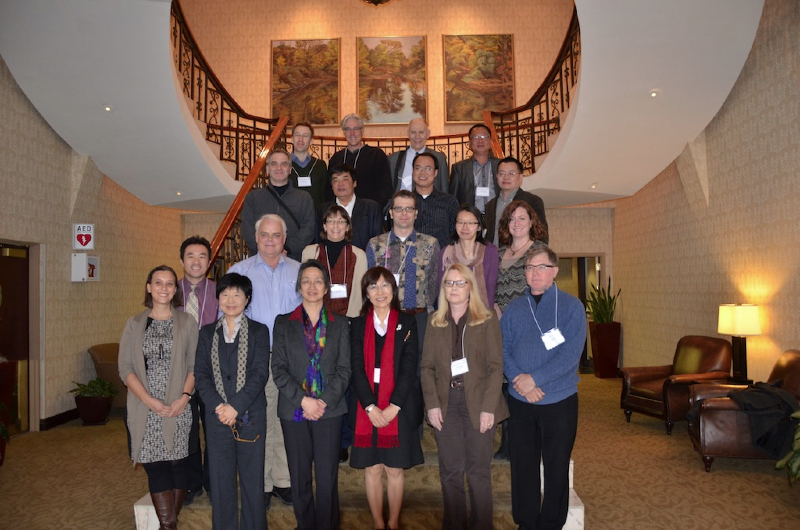CHINA’S EARLY IMPACT ON EASTERN YUNNAN: INCORPORATION, ACCULTURATION, AND THE CONVERGENCE OF EVIDENCE
DOI:
https://doi.org/10.7152/jipa.v35i0.14728Abstract
In 109 BC, armies dispatched by the Han dynasty ruler Wudi reached present-day eastern Yunnan, defeating the kingdom of Dian and establishing the prefecture of Yi- zhou. Historical sources and archaeological data –mainly objects recovered from Dian burials– highlight China’s impact on the region both before and after the conquest. This paper reviews the evidence for such impact through a consideration of the relevant texts and a further analy- sis of available information on Chinese style artifacts (CSA’s) in pre- and post-conquest Dian graves. For the first century of Han occupation, the texts and grave as- semblages –whose elaborate CSA’s make up only a small percentage of elite burial goods– point to the native in- habitants’ limited acculturation and incorporation into the Han administration. In contrast, textual entries and the widespread appearance of Han style tombs and burial assemblages during the first century AD provide clearer evidence of acculturation and incorporation. However, divergent interpretations emerge in light of additional information, which includes textual evidence for continu- ing local uprisings against the Han presence, as well as evidence from later historical periods of China’s uneven and incomplete control of eastern Yunnan.

